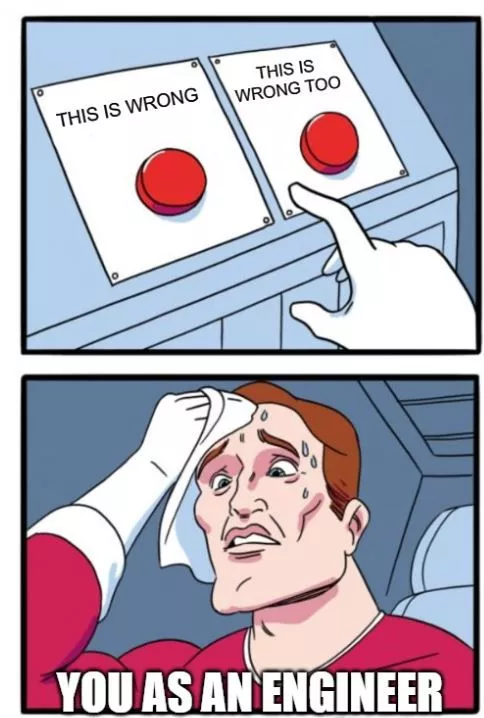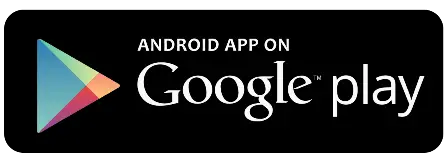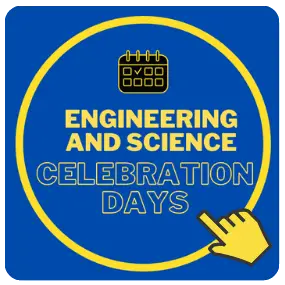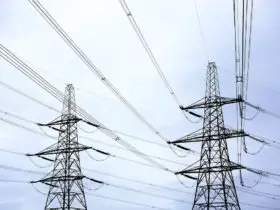The engineering field has grown in such a way that it now covers many different aspects of our lives, from how we live to how we communicate to what we eat. The engineering profession has become so ubiquitous in modern society that any industry you can think of will have engineers at work: transportation, communications, education, entertainment, and more.
It’s not surprising then for an engineer to face ethical issues and dilemmas in their professional practice; whether they are faced with deciding on the best solution or simply trying to do their job without causing harm, they must make decisions about what is right and wrong in accordance with their profession’s code of ethics.
When it comes to making moral choices when faced with an ethical dilemma, you must analyze a variety of options, eliminate those that are unethical, and select the most ethical option. But that begs the question, what is an ethical dilemma?
Table of Contents
1. What is an Ethical Dilemma?
2. Ethical Dilemmas in Engineering
3. How to Solve an Ethical Dilemma?
What is an Ethical Dilemma?

An ethical dilemma (ethical paradox or moral dilemma) is a difficulty in the choice-making process between two undesirable choices, neither of which is clearly acceptable from an ethical perspective.
To put it simply, an ethical dilemma is a situation in which a person has to choose between two or more courses of action, all of which have some negative consequences. To make things even more complicated, the person has to choose between these actions without knowing for sure what the consequences of their choice will be.
Also Read: Engineering ethics [what is it and why is it important]
Well if you still have don’t have a clear idea then the following meme will help you understand what an ethical dilemma is.

This can be a difficult situation for anyone to be in, but it’s especially tricky for engineers because engineering is a profession that is held to high ethical standards.
Ethical Dilemmas in Engineering

Engineers will likely have to deal with engineering ethical dilemmas as they develop new technology, engineering processes, and products. Though engineers may not always be directly responsible for these decisions, they still have a responsibility to do what’s best for the public.
They also have a responsibility to disclose their engineering decisions and explain why their choice was necessary or helpful. This is vital in engineering practice where there are often multiple choices that can all lead to negative consequences.
Engineers must put engineering ethics ahead of all engineering factors when making engineering decisions. If they don’t, there is a good chance that their design will lead to negative consequences for the public and/or environment and they may be held responsible for them.
Also Read: Difference Between IEEE and NSPE Code of Ethics
Examples of Ethical Dilemmas in Engineering
Here are some examples of ethical dilemmas in engineering:
#1 This is an actual scenario where an engineer has faced an ethical dilemma, the Therac-25 failure from the early 1980s. To briefly summarize a long and complicated software engineering failure/debacle, in the period 1985-1987 there were at least six cases in which patients were overdosed with radiation while being treated for skin lesions with a Therac-25 linear particle accelerator.
The overdoses were due to errors in the software that ran this machine. Sometimes this machine would give off X-ray beams that were much more powerful than the operator expected.
The bug was introduced by accident; the developers had no desire to include it. If they had been aware of this beforehand, they would have fixed it.
The Ethical Dilemma faced by the Therac-25 software engineer: Write the safety-critical software by yourself or do not write the safety-critical software by yourself. While this may seem like an easy ethical decision to make, it really is not. If you’re curious you can find more info in this diagram.
#2 An ethical dilemma faced by the engineers designing an aircraft: lowering safety standards by designing an aircraft with less structural strength to make it easier to manufacture, or engineering an aircraft with engineering standards that will have high safety standards but make it more expensive and time-consuming to make.
#3 Ethical Dilemma faced by engineering design team developing a new car: engineering an aesthetically pleasing design with one-time convenience features that many consumers want but adding to the environmental costs of manufacturing, or engineering a product whose look is not as pleasing for most consumers but will have less impact on the environment.
How to Solve an Ethical Dilemma?

The most difficult aspect of an ethical paradox is that it does not come with a simple answer that adheres to ethical standards. Ethical dilemmas are incredibly complex problems that are difficult to resolve. As an engineer, being able to discover the best solution for moral problems in such circumstances is essential.
A general approach to solving an ethical dilemma is a brief three-step strategy.
#1 Step – Analyze the Consequences of the Decision
The first step is to review the engineering decision you are faced with. Consider all of its consequences, both positive and negative. What is the likely outcome of each option? How will people use this engineering product or service? Make a list of these consequences.
However, keep in mind that it is not sufficient to just count the number of positive and negative consequences an option has; it’s also crucial to note the kind and amount of good it accomplishes.
#2 Step – Analyze the Actions
Now, consider things from a different perspective. Some behaviors are inherently good, while others are inherently bad. Bad actions are bad no matter how much benefit comes from these bad actions. How well do your actions conform to moral values and engineering codes of ethics? Consider the possibility that one principle is more important than the others if there is a contradiction between several of these principles.
#3 Step – Make a Decision
Once you have analyzed the consequences of your engineering decision and considered how well it adheres to engineering standards, make a decision based on what you would consider being the most ethical standards. Keep in mind that there are almost always unforeseen consequences of engineering decisions.
When you’re stuck, talk to others about the issue and get different viewpoints from more experienced engineers and professionals in order to discover a solution.
Explain the decision to those who will be affected by it once you’ve made it. Be aware and responsive to changes in that scenario that may necessitate adjustments in your approach. It will also assist you to reflect on your prior actions and considering whether anything might be done to prevent a similar paradox from recurring.
Also Read: Online Courses for Engineering Ethics
Bottom-line:
Engineers will undoubtedly encounter ethical challenges as they develop new technology, engineering methods, and goods. Engineers must always put the safety and welfare of the public first and make decisions that will not harm anyone. This means that they often have to weigh the pros and cons of different options, analyze the actions, and choose the one that has the fewest negative consequences.




![Types of Engineers and What they Do [Explained]](https://www.engineeringpassion.com/wp-content/uploads/2022/04/types-of-engineers-and-what-they-do-280x210.jpg)





Leave a Reply